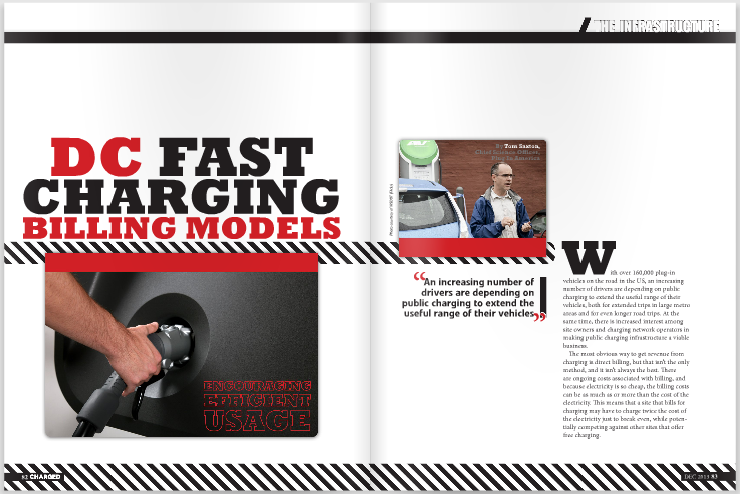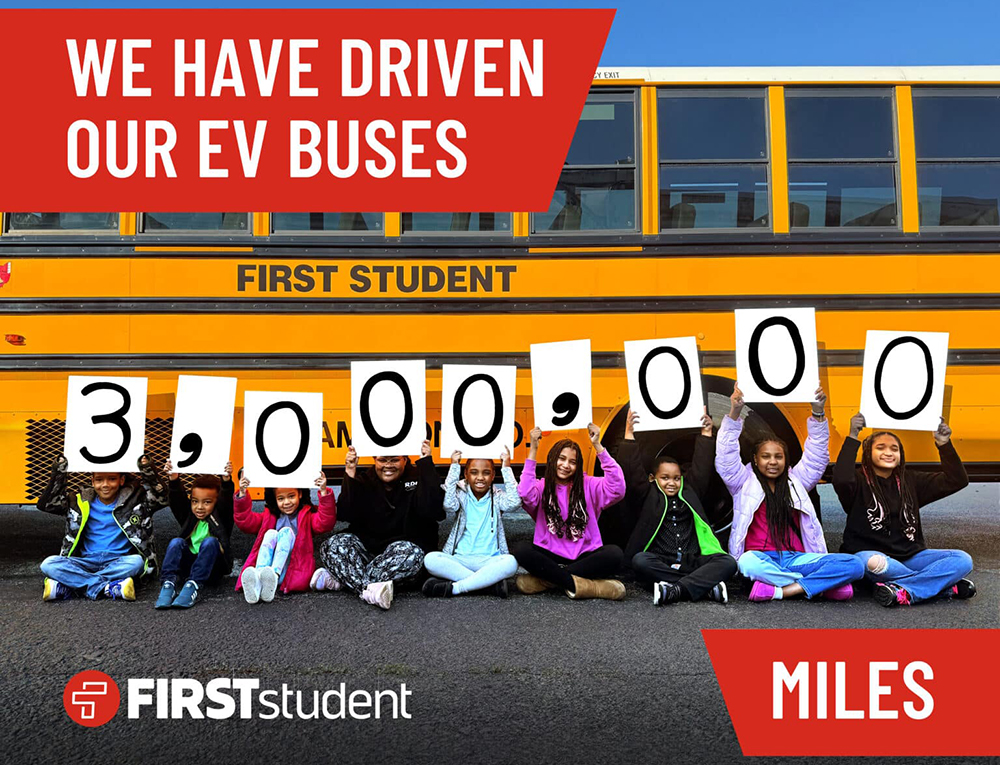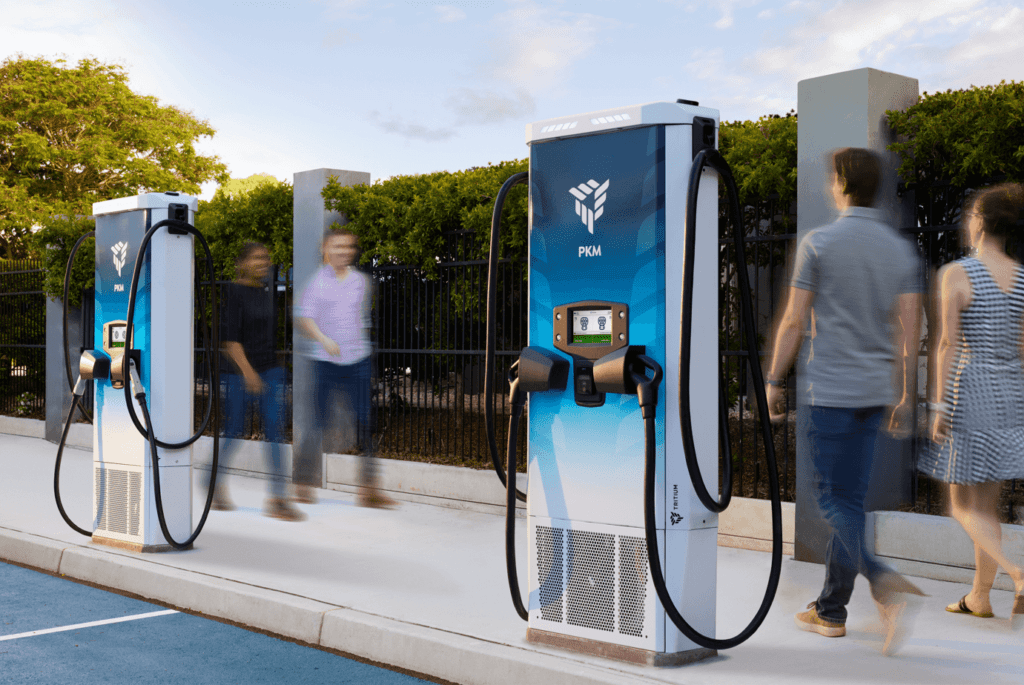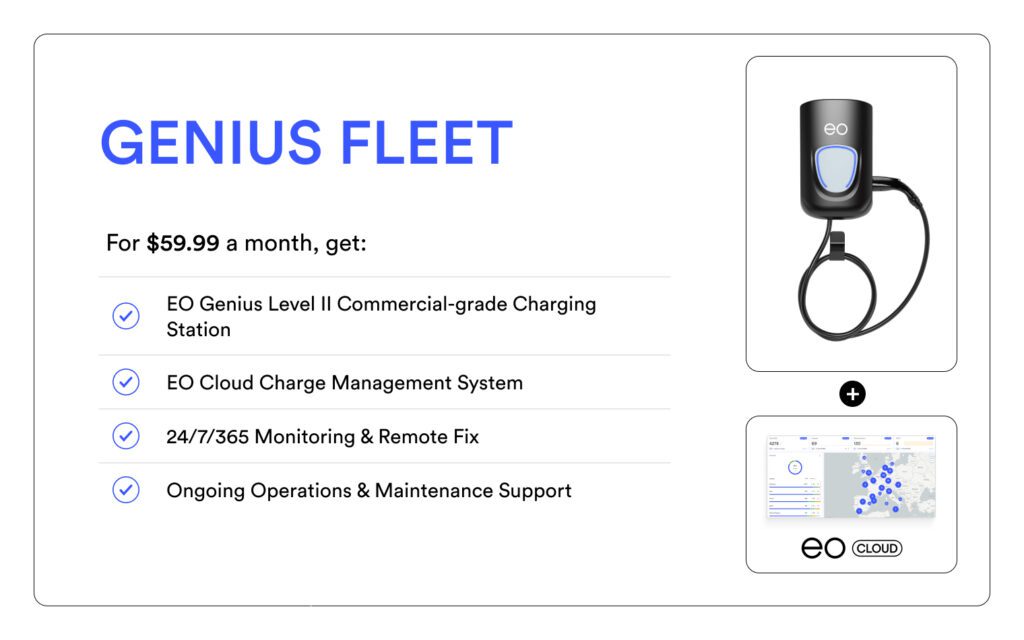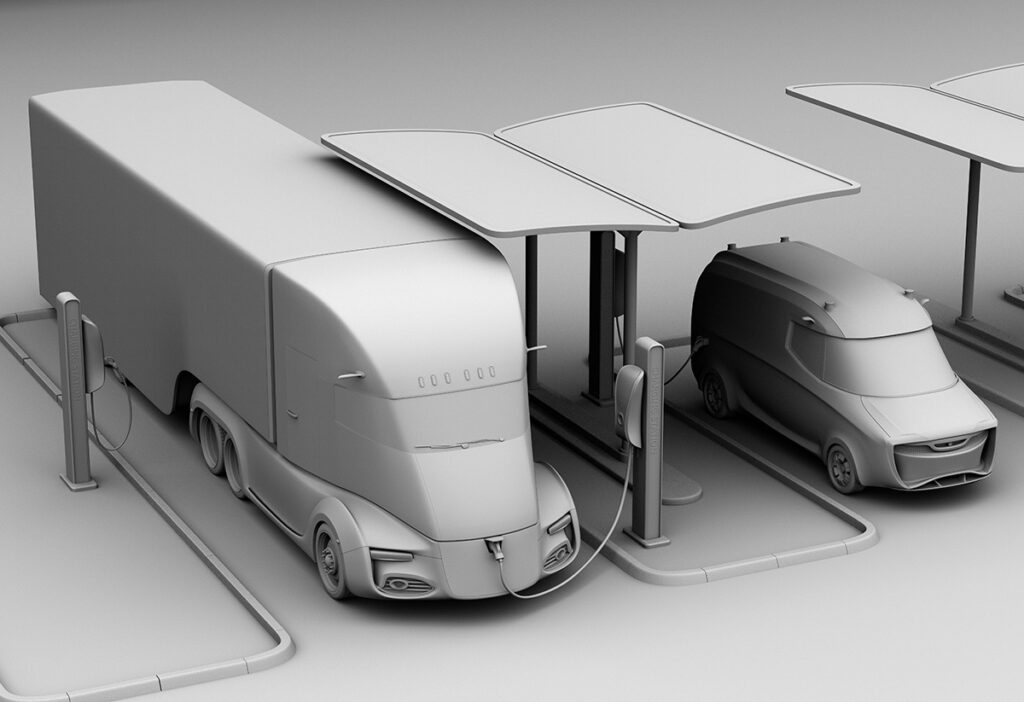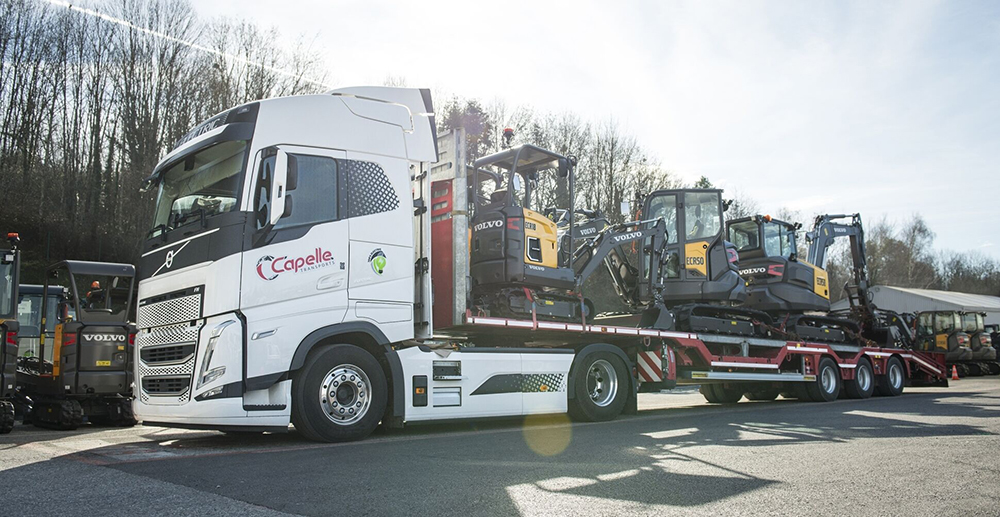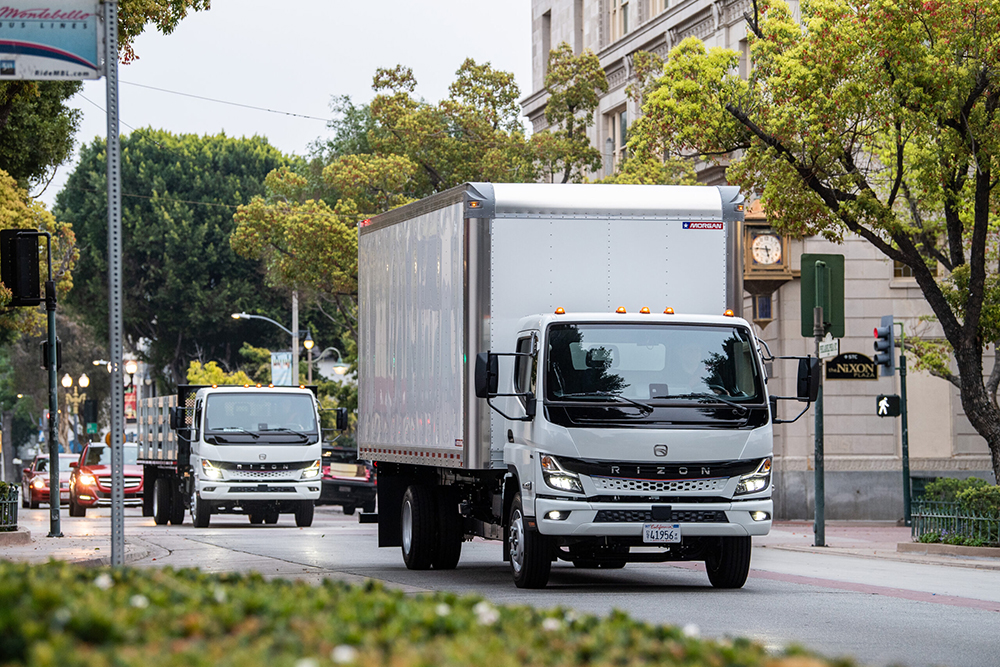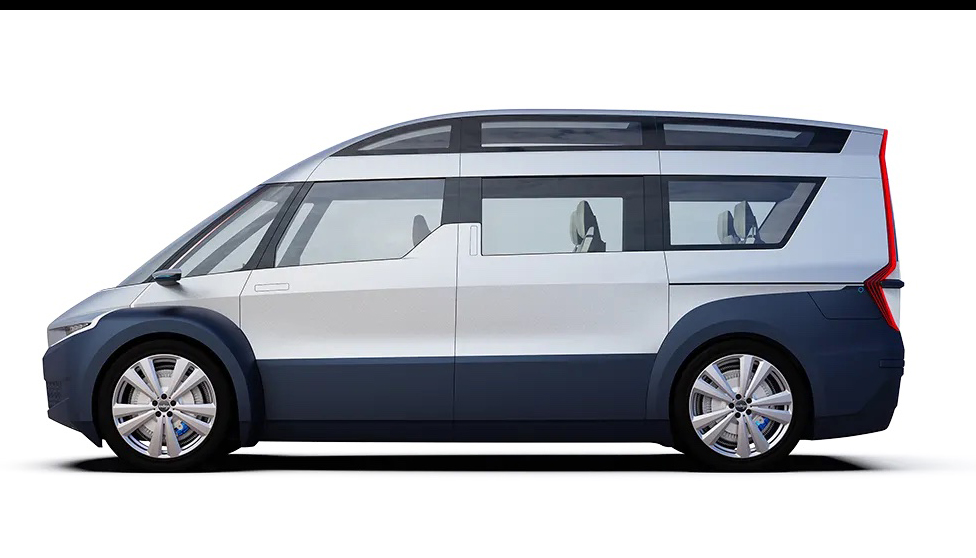By Tom Saxton, Chief Science Officer, Plug In America
With over 160,000 170,000 plug-in vehicles on the road in the US, an increasing number of drivers are depending on public charging to extend the useful range of their vehicles, both for extended trips in large metro areas and for even longer road trips. At the same time, there is increased interest among site owners and charging network operators in making public charging infrastructure a viable business.
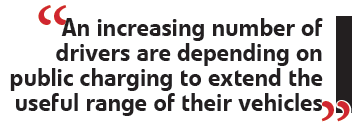

Goals of public charging
When considering all of the possible revenue models and billing schemes, it’s important to take a step back and consider the critical goals that public charging must meet to support the widespread use of EVs and also be a long-term sustainable business.
- Raise awareness of electric vehicles. To realize the economic, security and environmental benefits of EVs, the US will need many millions of drivers to go electric. Although most drivers will find home charging adequate for the majority of trips, many people don’t understand this until they’ve driven an EV for a few weeks. As public charging infrastructure becomes more common, it offers a real solution to the problem of range anxiety.
- Support the broad use of electric vehicles. Whether it’s providing an option for drivers who can’t charge at home (like those living in condos or apartments), enabling longer commutes, or just providing a safety net to add charge for an unexpected errand, widespread public charging means more electric miles displacing gas miles.
- Provide a sustainable business model for site hosts. While some will support charging because of concerns about our nation’s economic reliance on the global oil market and the national security problems that creates, most companies will not provide a service that doesn’t offer a direct benefit to their business.
Although free charging can meet all three of the above goals, including indirect revenue for site hosts, there are situations in which making charging free creates problems. If charging is free, it will attract some EV drivers just because it’s free. If you can charge for free in public, why pay for charging at home? That’s great for raising EV awareness, but it becomes a problem when a driver plans on charging at a certain location, only to find it occupied by vehicles just taking advantage of free electrons. For the most part, this is pretty rare, but there is one situation in which it’s becoming a common issue: urban area DC fast charging.
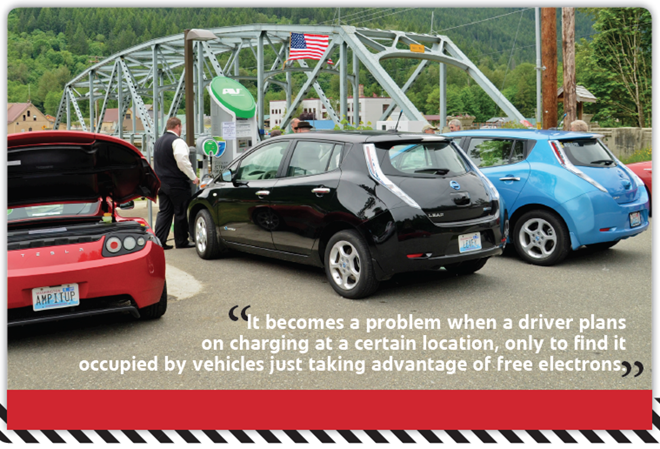

Image courtesy of WSDOT/Flickr
DC fast charging
According to Nissan, the Seattle metro area is the fourth largest market for the LEAF and, according to The EV Project, the Puget Sound area is the third largest user of Blink DC fast charging stations. So it isn’t surprising that this area has been one of the first to see waiting lines at these stations. Until August 22, all of the Blink DC fast charge stations were free and, according to reports, this was clearly increasing use by drivers who charged their cars beyond what they needed to comfortably complete their trips, at the expense of others waiting to charge.
There are two primary problems with free fast charging: drivers have no incentive to unplug when they have met their charging needs, and drivers will stay plugged into a fast charge station long after the “fast” part of the charge has finished. Figure 1 was derived from data I collected during a session that took a LEAF from just above 50% charge to full. The red line shows the car’s state of charge, as a percentage of full, and the blue line shows the rate of charge in kilowatts (kW).




So, for a 3.3 kW LEAF driver seeking a full charge, a DC fast charge station offers no advantage over a Level 2 station above 85% state of charge. For a 6.6 kW LEAF owner, the advantage ends at around 75%. Going up to the 85% mark makes sense even for a 6.6 kW LEAF owner, but continuing to charge all the way to the top makes little sense if Level 2 charging is also available.
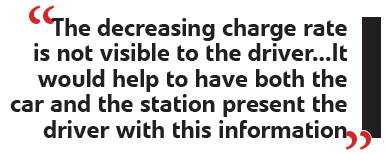

On the other hand, there are circumstances when a driver may need to get a full charge from a fast charge station, for example along a highway where a charge is needed to get to the next station with a comfortable buffer. In such cases, assuming there’s no opportunity to conveniently switch to a Level 2 station, charging until completely full is reasonable and justified.
Billing model options and efficient use
In light of what we want to accomplish with public charging infrastructure and how DC fast charging actually works, let’s examine the most obvious candidates for billing models.
- Free. Free charging encourages use, and plug-in vehicle adoption, when there are few EVs in a given area. However, it’s problematic because it does not discourage drivers from leaving their EV plugged in past the needed charging time.
- Flat fee per session. A flat per-session fee is also problematic, because it actually provides a monetary incentive for the inefficient use of a highly valued charging station. When paying $8 for a session, it’s reasonable to insist on getting every electron possible – beyond what is needed or what makes sense from a charging-rate perspective.
- Bill per kWh. We pay for gasoline by the gallon. The equivalent for EV charging would be paying by the kilowatt-hour (kWh). This charges drivers for the amount of electricity drawn. If the billing rate for DC fast charging is above that for home charging and public Level 2 charging, then it motivates drivers to only charge to the level they need. Still, it would be better to discourage use of fast charge stations when the charge rate has dropped down below the Level 2 rate.
- Bill by time. At a high-use station, the most valuable commodity in play isn’t the electricity – it’s the opportunity to charge. So, billing drivers for time spent at the station directly addresses their use of the charging system. Also, as the charge rate drops, the cost per unit of energy increases. This model also strongly discourages drivers from leaving their cars plugged in after the charge is complete. A minimum charge could be incorporated to cover transaction overhead – for example, $2.50 for the first 10 minutes and $0.25 for each additional minute.
- Bill by time escalating. This is perhaps the best model for a busy urban site where many drivers need, for example, 10 minutes of charging to pick up 20 miles of extra range. A billing rate might be $2.50 for the first 10 minutes and $0.50 for each additional minute.
In choosing a way to bill, many factors must be considered. One size does not fit all. What makes sense for a busy urban station doesn’t make sense for a site along a highway far from the next charging opportunity. Sites that are oversubscribed should consider installing additional stations before resorting to excessive billing rates to discourage use. Sites that are not overused, and that carry benefits to site owners when EV drivers stop to charge, may be best served by business models that don’t rely on direct billing for charging.
Whatever billing model is chosen, it needs to be communicated clearly to drivers, so there are no rude surprises when the bill comes.
ROI and free charging
Fortunately for EV drivers and site owners alike, there are lots of ways other than direct billing to make a return on investment from providing charging. Hotels, restaurants, tourist attractions, shopping malls, paid parking lots, etc, can attract customers from competitors. Charging takes time, and EV driving customers are likely to stay longer and spend more than average at these locations.
Charging can be a free perk for customers, tied to a preferred customer card, or authorized via access codes given to customers just like parking validation.
Site hosts can earn revenue from stations that display advertising – either static or video displays. New revenue models are emerging as more companies are getting into the charging business.
This article originally appeared in Charged Issue 11 – DEC 2013



